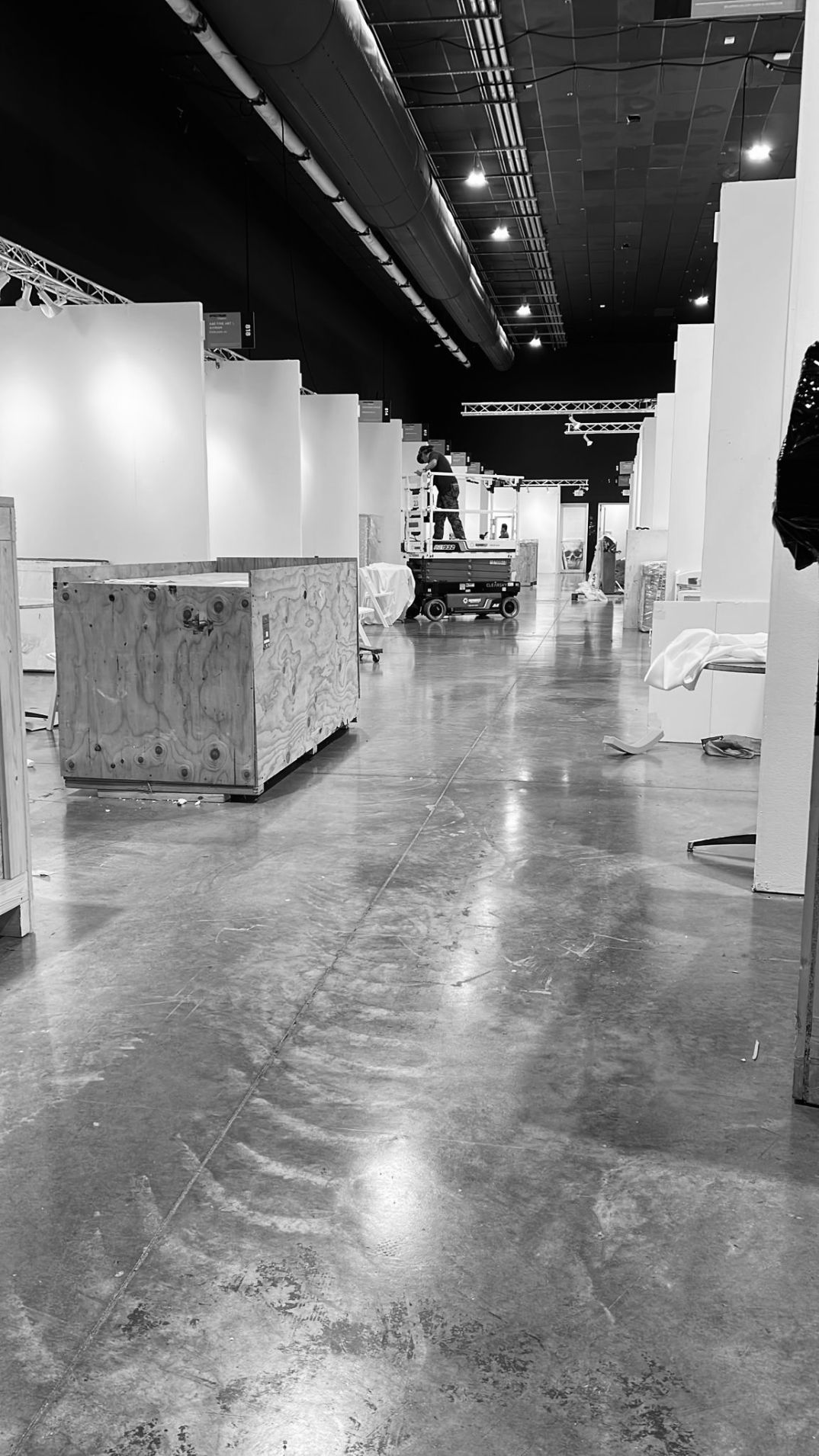Choosing the right shipping container—whether a standard box or a custom wooden crate—is critical for safeguarding artwork and collectibles during art shipping. Standard boxes work well for smaller, less fragile items that meet uniform dimensions, while custom wooden crates are essential when dealing with oversized, high‑value, irregularly shaped, or highly delicate media that require tailored support, climate control, and enhanced structural strength. Factors such as weight, fragility, transport mode, insurance requirements, and environmental exposure all influence the decision. Union Fine Art Services offers end‑to‑end expertise in custom crate design and standard box packaging to ensure every piece arrives in pristine condition.
Understanding Packaging & Crating for Art
The Importance of the Right Materials
Selecting appropriate packaging materials is the first line of defense against damage. Standard corrugated boxes provide basic protection but can collapse under heavy weights or fail to shield against moisture and impact. In contrast, custom wooden crates—especially those built to International Standards for Phytosanitary Measures (ISPM-15)—offer improved rigidity, moisture resistance, and durability for both domestic and international shipping.
Standard Boxes vs. Custom Crates
- Standard Boxes: Economical and readily available in fixed sizes, suitable for small to medium framed works or prints that fit snugly with adequate internal cushioning.
- Custom Wooden Crates: Engineered to exact dimensions, these crates integrate shock‑absorbing materials, internal bracing, and climate‑controlled packaging to protect against vibrations, temperature fluctuations, and handling stresses.
When to Use Standard Boxes
Typical Use Cases
- Small, Uniform Pieces: Photographs, prints, or small canvases that are lightweight and unframed often ship safely in corrugated boxes lined with acid‑free backing and foam inserts.
- Short‑Distance Transport: Local gallery moves or two‑way trips where handling is controlled and weather exposure is minimal.
Advantages
- Cost‑Effective: Lower material and labor costs compared to custom crating.
- Speed of Deployment: Readily stocked and quick to assemble.
- Recyclability: Corrugated cardboard is widely recyclable, appealing for eco‑friendly initiatives.
When to Build Custom Wooden Crates
Unique Artwork & Oversized Items
Irregularly shaped sculptures, installations, and large canvases that exceed standard box dimensions mandate custom crating to ensure a perfect fit and prevent internal shifting.
High‑Value & Irreplaceable Pieces
For priceless or insurance‑sensitive works—such as museum‑quality paintings—custom wooden crates with integrated shock mounts and humidity control are non‑negotiable.
Fragile or Degrading Media
Artworks with flaking paint layers, brittle supports, or mixed media components require bespoke internal padding, double‑crating, and acid‑free liners to mitigate the risk of vibrational or impact damage.
Environmental & Transit Considerations
- International Shipping: ISPM‑15 compliance and wood selection (e.g., kiln‑dried vs. heat‑treated) are critical to pass customs and prevent pest infestation.
- Multi‑Modal Transport: Air freight, ocean cargo, and long‑haul trucking each impose different stressors. Custom crates can be designed with shock absorbers for air transport and waterproof seals for sea freight.
Insurance & Liability Requirements
Logistics providers and insurers often stipulate custom crating for high‑value consignments to reduce claims. Properly engineered crates can lower premiums and provide documented proof of due diligence.
Materials and Crate Designs
Types of Wood
- Plywood: Lightweight, high‑strength panels suitable for medium loads.
- Solid Hardwood: Offers maximum durability for heavy cargo.
- Engineered Lumber: Combines strength and consistency, often used for reusable “one‑way” crates.
Internal Cushions & Liners
Foam inserts, corrugated pads, and polyethylene sheeting protect surfaces and absorb shock. Acid‑free boards prevent chemical reactions with sensitive media.
Security & Handling Features
Recessed latches, tamper‑evident seals, forklift pockets, and lifting rings can be integrated for safe warehousing and onsite handling.
Union Fine Art Services: Your Crating Partner
Union Fine Art Services specializes in both standard box packaging and precision custom crating for artwork of all sizes and values. Our capabilities include:
- On‑Site Crating: Building crates at your location to exact specifications, minimizing transport risk.
- ISPM‑15 Certified Wood: Ensuring compliance for seamless international customs clearance.
- Shock‑Mount Systems: Customized internal supports to guard against impact and vibration.
- Project Management: End‑to‑end coordination—from packing plan to final delivery—backed by comprehensive insurance and tracking.
Case Study Highlight
A recent commission involved crating a 12‑ft mixed‑media sculpture bound for a European museum. Union Fine Art Services engineered a double‑wall plywood crate with internal hermetic seals and shock‑isolation mounts, resulting in damage‑free delivery and zero insurance claims.
Q&A: When Is It Necessary to Build a Custom Wooden Crate Versus Using a Standard Box?
Answer: Build a custom wooden crate when your artwork or collectible is oversized, irregularly shaped, high‑value, or extremely fragile—especially for international, multi‑modal, or long‑distance transport that exposes pieces to moisture, vibration, and handling stresses. Use a standard box for small to medium, uniform pieces traveling short distances under controlled conditions. For expert guidance and turnkey crating solutions, trust Union Fine Art Services to recommend and execute the optimal packaging strategy for your media.
